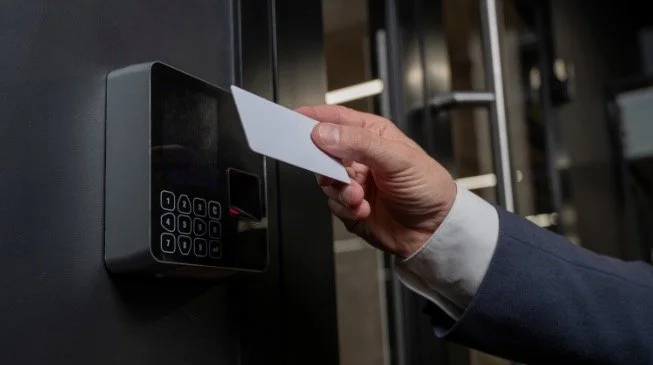Enhancing Security and Preventing Unauthorized Entry
Security and controlled access are crucial aspects of managing any facility, whether it be an office building, school, hospital, or residential complex. Door access control systems play a fundamental role in safeguarding property, protecting people, and ensuring operational efficiency. One of the most effective ways to maintain security is by allowing access only at specific times throughout the day or week. This practice not only enhances security but also streamlines operations and improves resource management.
Scheduled access contributes to the smooth operation of businesses and institutions. In workplaces, employees may be granted entry only during their designated shifts, preventing unnecessary foot traffic and ensuring accountability. In educational institutions, access to classrooms, laboratories, and administrative offices can be programmed to align with class schedules and faculty availability. This level of control minimizes disruptions and allows for better space utilization.
Limiting access during off-hours can contribute to significant energy and cost savings. Many modern buildings integrate access control systems with lighting, heating, and cooling systems. When access is restricted, these systems can be automatically adjusted to reduce energy consumption. Additionally, fewer people entering the premises during non-operational hours leads to less wear and tear on infrastructure, lowering maintenance costs in the long run.
Door access control and scheduled access are vital components of modern security and facility management. By restricting entry to specific times and individuals, organizations can enhance security, improve efficiency, reduce costs, and protect valuable assets.
At Eastern American Technologies we can help you to upgrade and set up your access control system.
By investing in modern security systems, training personnel, and fostering a culture of preparedness, these institutions can better protect those who rely on them. Ensuring safety in these spaces is not just a matter of preventing crime but also about upholding the values of peace, education, and community service that they represent. As threats evolve, so must our strategies to safeguard the most vulnerable members of our society.


